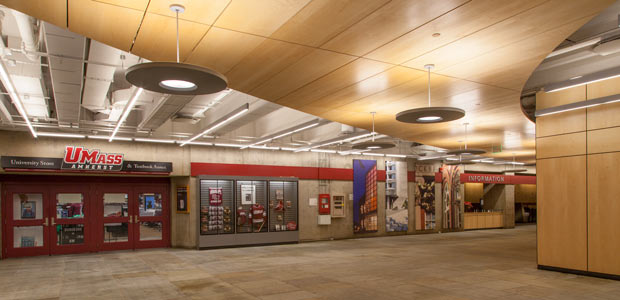With recent trends toward onshoring and reshoring, manufacturing jobs are gradually returning to the USA from overseas. Most do not, however, seem to be finding their way into Central Massachusetts. While manufacturing – and the technology propelling it forward – is projected to continue to grow, albeit slowly, during 2015, the focus here remains on locating workers qualified to help the local manufacturing sector expand.
Workforce Sharpening
A suitable workforce is still not available to help grow the manufacturing industry back into the social fiber of the region. Key manufacturers in Worcester County point to the lacking workforce as a major factor in re-establishing manufacturing in the Bay State. Some companies have actually reached the point of having to sell off capital equipment because they simply can’t find anyone to operate it.
“The trend is going to be virtual training and online training,” says Torbjorn Bergstrom, the director of the Haas Technical Education Center at Worcester Polytechnic Institute. These are both rather inexpensive and could provide some workers in a short amount of time. They have proven helpful in other fields and should be just as helpful in restoring industry to its rightful place in Central Massachusetts.
Economic Innovation
Before a product can launch in the public marketplace, someone needs to manufacture it. Massachusetts has become world-renowned as an incubator for technologies useful in many industries, and it continues to rely on local small and medium-sized businesses (SMBs) to nurture that reputation. “Almost all of the manufacturing companies here in Massachusetts are SMB companies,” Bergstrom commented.
The City of Worcester has many multi-story brick buildings sitting vacant since the day a toy, shoe, textile, or furniture manufacturer left – often several decades ago. Worcester is also the center of finance and education in the county. It would seem as though all the pieces were in place. However, unlike some other sections of the country, the management staff required for operations is already here, but the workers are not.
All this must somehow change if the manufacturing sector is to ever have a chance of resurgence here.





